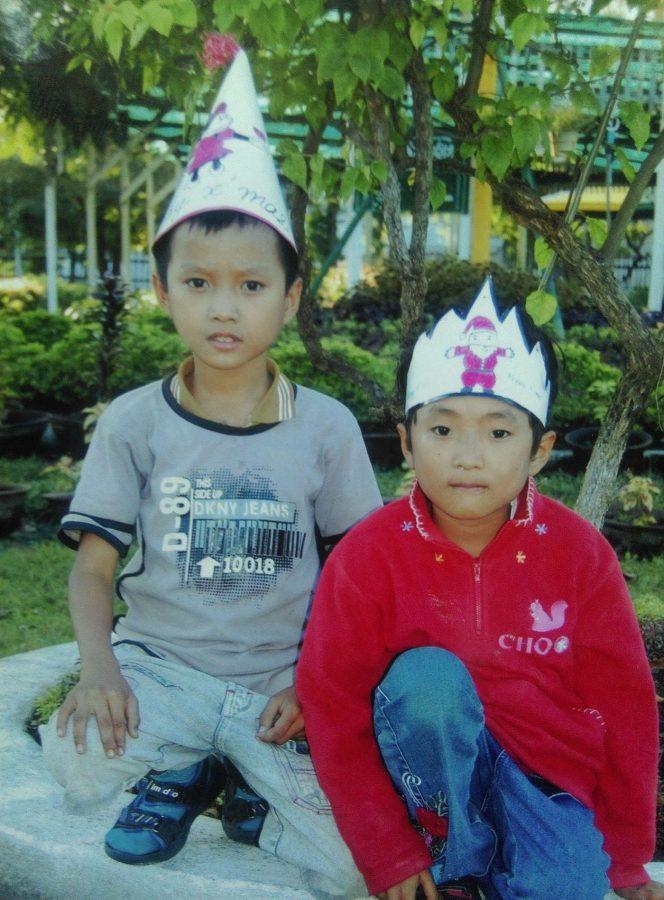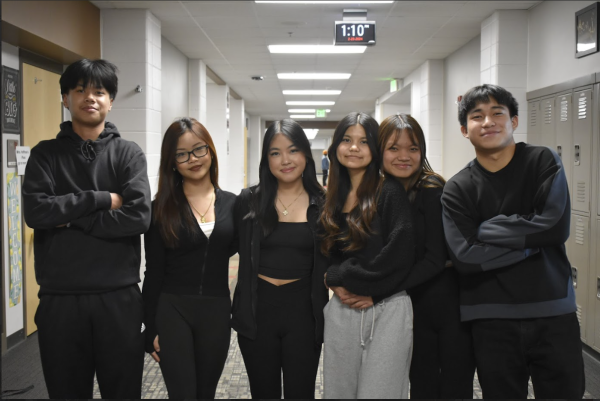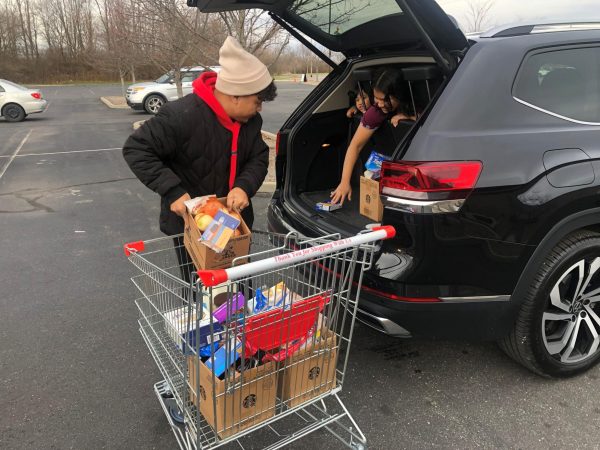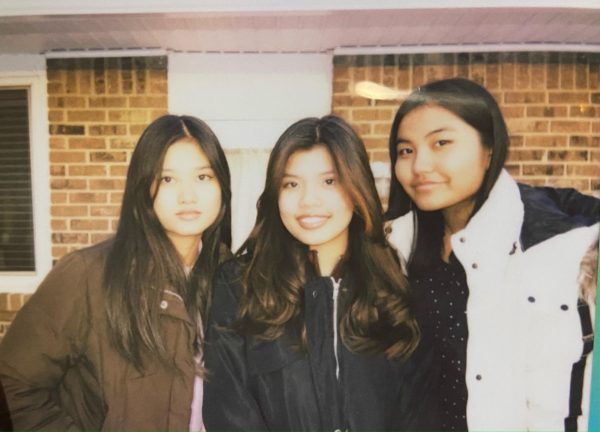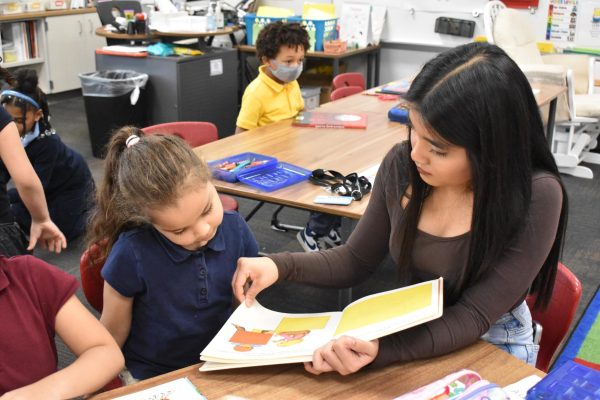Christmas differences
Roben Lian nih hmanthlakmi a si.
Roben Lian le a nau nu Tha Sung cu Christmas ni ah hmanthlak dingin an i remh. A pu nih Kalaymyo ah pumh khawh in a tlak mi hna a si.
December 8, 2016
Coming halfway across the globe, by stopping by one country to another country to get to their desired destination: America, many of the Chin students had to face many changes due to the culture differences, according to Senior Tha Sung.
Besides getting used to the season changes and learning English, they had to learn how the people honor Christmas day and the traditions that come with it.
Sung saw a few differences when she first arrived in the U.S. She noticed the use of a lot of light and electricity to decorate houses both inside and outside, which was something she couldn’t do where she’s from. She was used to seeing buildings decorated with flowers.
“Most families had flowers planted somewhere in their yard, so they donated those to the church to use as decorations,” Sung said. “We didn’t even have Christmas trees.”
According to Sung, caroling is similar in both places, but the main difference is that carolers in Burma didn’t have to worry about how loud they sang. Carolers do have to be more cautious here, in order to not disturb the neighbors. They ride in cars or buses to get from one house to another since all the houses are more spread out compared to the small village she grew up in. There, they could just walk from one house to another. Also, there would be a person from the caroling group disguised as Santa Claus to make it merrier.
She enjoyed it more where she was raised due to the neighbors letting each other know the many days left until the day they’ve all been patiently waiting for, which makes the environment more warm for her. According to Sung, her favorite part is exchanging gifts and spending time with her family.
“It was much more precious there because my grandparents were there,” Sung said. “I also loved going shopping to pick out the attire that I was going to wear for the special day which we can do often here but not back there since we were more poor.”
One of the Chin interpreters, Bawi Thang, also prefers the way it was celebrated in Burma because he thinks it was more fun and enjoyable. Thang found it to be special even though the decorations or meals were more simple, due to the lack of money. He believes if the people there had the same amount of money as they do here, then the decorations could’ve been similar.
From living here for more than nine years, he noticed that no matter how long a person from Burma has lived in the U.S., he/she still celebrate just as they did and don’t take on the American style.
Unlike Sung, junior Roben Lian didn’t know about Santa Claus where he lived. According to Lian, he found out about him as he was traveling to the bigger cities, which were away from the small village he grew up in.
He said Christmas day and other major holidays were the only time they could eat meat or special food and have a feast. The houses and churches were decorated with a bunch of different colored balloons since they were less expensive compared to other ornaments. For present exchange, he bought soap, which he believes was very valuable. According to him, there’s not much of a difference in the weather during the time of the holiday except for the snow.
Lian’s favorite memory of Christmas in Burma was being able to see his mom.
“She travels a lot because of work so she only comes home for special occasions,” Lian said. “During Christmas, she would stay for a couple of weeks.”
He believes the most important part of the holiday is being able to spend time with families.


